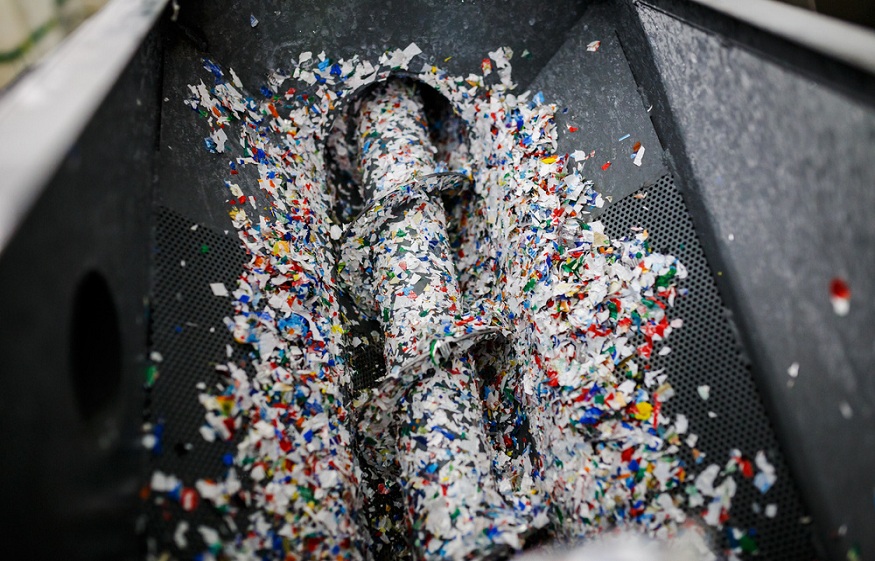As the fight against plastic waste has evolved, new terms have been developed for the purposes of trying to make us all aware of how dangerous plastic allegedly is. One of the hottest terms right now is ‘microplastic’. And if certain people are to be believed, microplastics pose the biggest danger we have seen in a long time. But is the hype worse than reality?
Microplastics are defined as plastic particles smaller than 5 mm. Primary microplastics are manufactured at that size. They are added to cosmetics, healthcare products, etc. Then there are secondary microplastics. These are tiny plastic particles generated by the natural decomposition of larger pieces of plastic.
Scientists say that microplastics are virtually everywhere. They are in the air we breathe and the water we drink. They are shed from our clothing, cell phones, and plastic dishes. They are purposely put into many of the products we buy. But how dangerous are they, really?
The Science Is Inconclusive
Like so much having to do with sustainability, ecology, and healthy living, the science surrounding microplastics is inconclusive. Plenty of people have speculated that microplastics are bad for animal and human health. Yet there isn’t any substantive data to prove it. The same goes for microplastics’ ability to harm the environment.
When it comes to human and animal health, we often fail to realize that biology is incredibly resilient. It is probably true that eating several pounds of microplastics every day would be enough to make you really sick. It could even kill you. But human beings are exposed to such minuscule amounts of microplastics that our bodies are able to take care of them naturally. Likewise for animals.
Speculation Gets Us Nowhere
Right now, much of what we think we know about microplastics isn’t backed up by hard science. It is mere speculation. Unfortunately, speculation gets us nowhere but arguing about whether microplastics pose any real danger. If the microplastics argument follows similar arguments that have gone before it, the end result will be making policies and rules based on speculation alone.
Wouldn’t it be better to hold off and let science do its thing? Wouldn’t it be better to make decisions based on facts rather than speculation? Of course it would. But recent history shows us that decisions are often made long before facts and science demonstrate their wisdom. And even when facts and science are considered, we cannot escape the fact that science is for sale and policymakers have no trouble adopting alternative facts.
Let’s Do What We Know Works
Let us give science the benefit of the doubt and assume it will eventually produce unbiased data that supports or refutes the idea of microplastics being dangerous. While we wait for that data, let us continue doing what we already know works.
We know that recycling industrial scrap plastic works to keep plastics out of landfills by turning it into regrind. Companies like Tennessee-based Seraphim Plastics do it all the time. Not only that, but they do it profitably.
We also know that we can easily and effectively recycle PET plastic. So let’s keep collecting those bottles and sending them to recyclers. As far as most consumer plastics are concerned, we do not yet have a cost-effective way to recycle them. So let’s do our best to make sure they don’t end up as litter.
There is a lot about microplastics we don’t know. But let us not just assume. Let’s research them until we find the answers we need. It may turn out that all the hype surrounding microplastics is worse than the actual reality.
You may also like
-
Evan Bass Men’s Clinic Discusses How Prioritizing Fitness and Regular Exercise Can Be Helpful
-
Ayurvedic Advantage: Elevate Your Hair Care Routine with Head Massage Oil
-
Reasons to Select Ludhiana Robotic Knee Replacement Surgery?
-
What are the effective remedies you need to know for managing PCOS?
-
Exploring Leading Fertility Hospitals And Ivf Clinics In Jaipur

